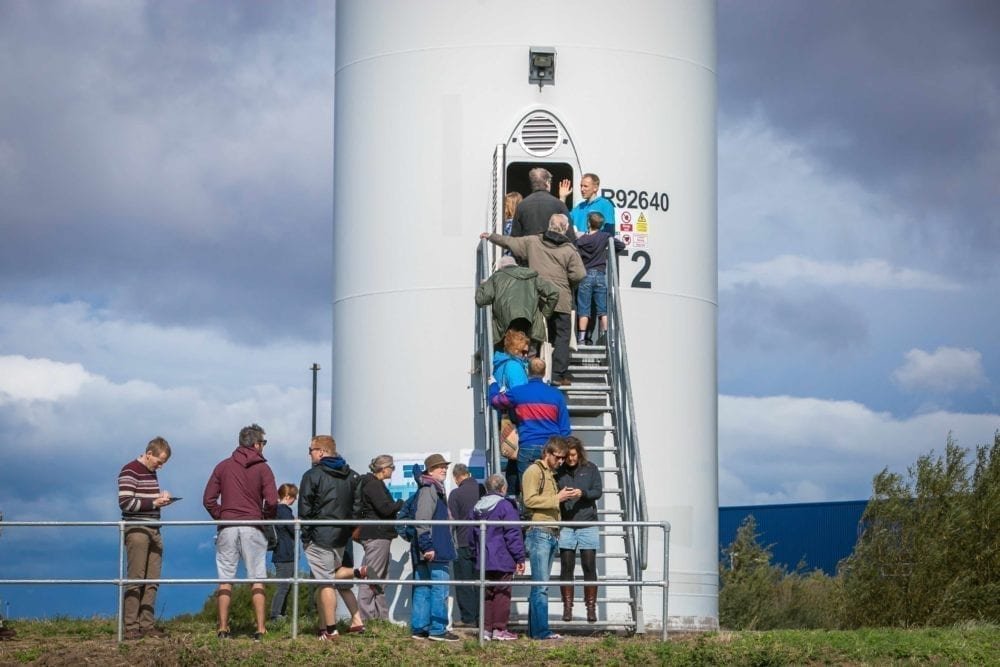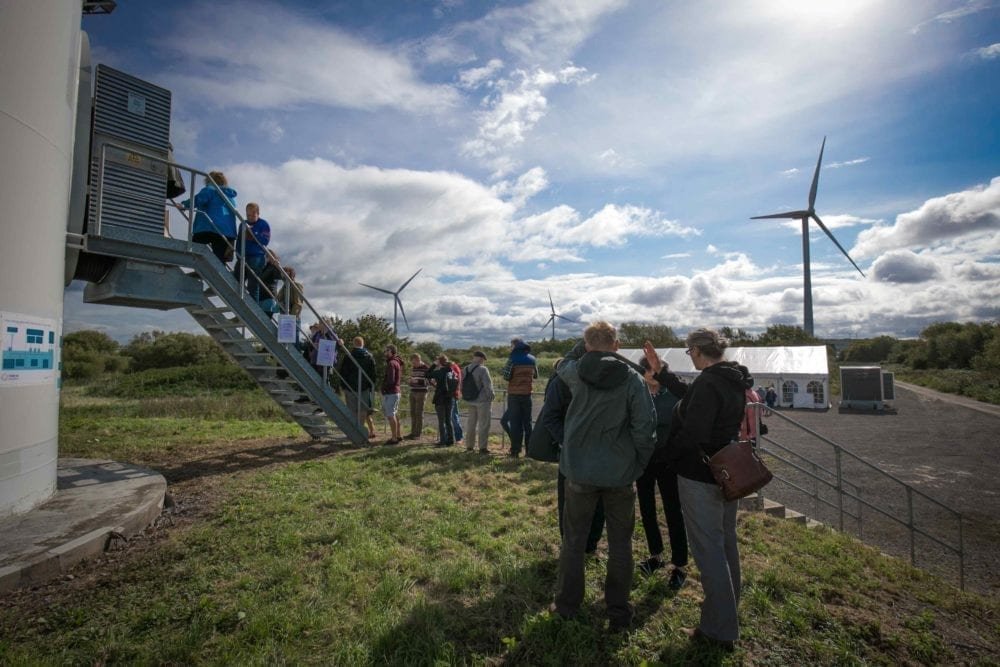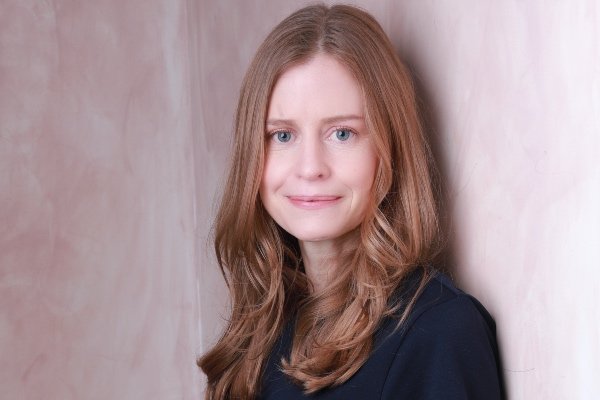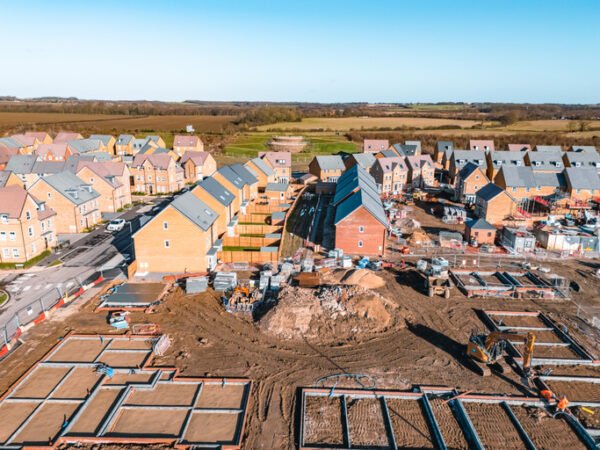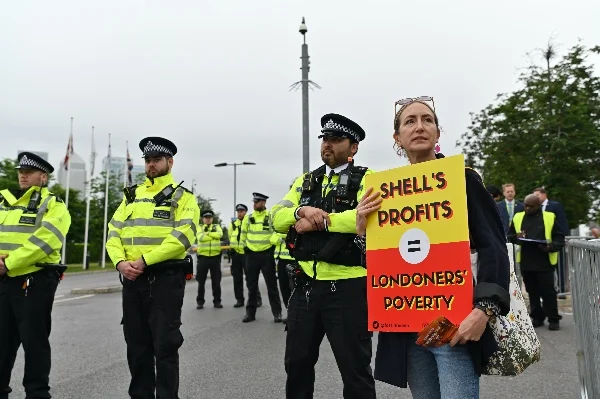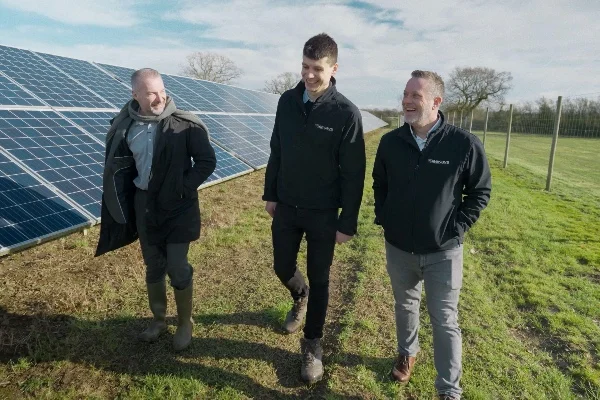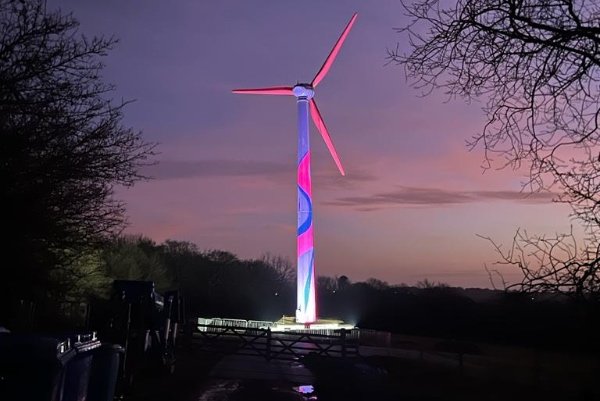This article first appeared in our spring ’18 issue of MyGreenPod Magazine, The Conscious Revolution, distributed with the Guardian on 04 May 2018. Click here to subscribe to our digital edition and get each issue delivered straight to your inbox
Sustainable investing is on the rise. The Schroders Global Investor Study 2017 states that around the world, investors see sustainable investing as a way to drive not just social and environmental change, but also profit.
In the study, which polled 22,000 investors across 30 countries, 78% of respondents stated that sustainable investment is more important to them now than it was five years ago, and 64% said they have increased their investment in sustainable funds over the last five years.
According to Thrive Renewables, UK investors are increasingly looking for direct opportunities to speed our transition to a cleaner, smarter energy system. This is great news for everyone, because the UK’s electricity network is in urgent need of an upgrade – to the tune of tens of billions of pounds.
People power – a UK wind farm has been transferred from commercial to community ownership
Investment in UK energy
The way we consume energy has changed dramatically since the national electricity grid was built in the 1950s and ‘60s. There are now significant swings in our daily electricity demand, and the most expensive and polluting generators – often fired by diesel, oil, coal and gas – are responsible for meeting daily peaks in demand between four and seven in the evening.
Something has to change: the government has set a 2025 deadline for ending all UK coal-fired power generation, and has said that 85% of the country’s power must come from low-carbon sources by 2032 – but delivering renewable energy through the existing network presents a challenge.
The generation of clean power is largely site-specific, and the areas with the most generating potential – particularly in the case of wind power – often fall at the extremities of the National Grid and regional distribution networks. If we are to meet our targets, the energy network – through which power currently flows from less than 60 large power stations to millions of consumers – must be overhauled to accommodate multiple smaller sites that are spread around the UK.
Driving change
In order to create a clean, efficient network, investment is required in renewable generation, new infrastructure to feed renewable energy into the grid and new technology that allows clean power to be stored until it’s needed by industry and homes – which may not be when the wind’s blowing and is usually when the sun’s gone down and no solar is being generated.
Investors are snapping up opportunities to contribute directly to the UK’s transition to a cleaner, smarter energy system, aided by companies like Thrive Renewables. Thrive connects individuals and businesses to sustainable energy by offering opportunities to invest in clean energy projects that deliver financial, environmental and social rewards.
Thrive very deliberately operates an accessible business model; its 6,300 investors have been able to invest anything from £5 to over £5 million in projects that make a difference.
As well as driving positive environmental change by adding renewable energy projects to the UK’s electricity grid, Thrive also delivers a positive social impact by empowering individuals to unite for change.
In July, financing from Thrive Renewables saw the first UK wind farm transfer from commercial to community ownership. After that, over 400 individuals came together to invest an impressive £4 million in just three weeks to refinance the Mean Moor community wind farm in Cumbria.
Benefiting from Thrive’s Community Energy Funding Bridge, three renewable energy co-operatives – Energy Prospects, High Winds and Baywind – were able to purchase the three wind turbines, which are adjacent to the original Baywind project (the first community-owned wind farm, which was established in 1996).
Over the last 12 years, Thrive has focused on adding more renewable energy projects to its roster; it has now invested in 21 sites that deliver 226,000MWh of renewable energy, which is equivalent to the needs of residents in cities the size of Bath, Durham and Lincoln. Its average shareholder is generating enough renewable power for their own home and nine of their neighbours.
A funding bridge for communities
The UK’s renewable energy sector has been hugely successful; rapid deployment means nearly 30% of the UK’s electricity demand is now generated by clean sites and the cost of renewably sourced electricity is close to being delivered at grid price parity. Following an environmental transition comparable with the CFC clean up to slow the damage to the ozone layer in the 1980s, the CO2e content of the UK’s electricity has been reduced to the tune of 42% since 1990.
‘Government policy has evolved as a result of the efficiency with which industry is delivering the transition towards a cleaner electricity grid, and financial support for new onshore wind, solar and hydro projects has now been removed. As a result we’ve seen that the number of new renewable energy projects available to invest in is slowing down’, says Matthew Clayton, managing director of Thrive Renewables. ‘This is only a temporary situation as the onshore projects are very close to being able to deliver at grid price parity, but in response we’ve added a new business model to our portfolio – we call it the Thrive Community Energy Funding Bridge.’
The goal of the Community Energy Funding Bridge is to meet the demand for individuals and communities to participate directly in their sources of energy. Historically, constrained funding, resources, expertise and the demanding timescales needed to acquire manageable, small- to mid-scale commercial renewables projects means communities haven’t always been able to participate financially. ‘The rapid deployment of renewables has often left out communities wishing to play a part in the energy transition’, Matthew tells us. ‘Our Community Energy Funding Bridge seeks to address this.’
 Play Video about This Rock Might Just Save The World
Play Video about This Rock Might Just Save The World Play Video about Play 2 hours of rock
Play Video about Play 2 hours of rock Play Video about Play 2 hours of brook
Play Video about Play 2 hours of brook Play Video about Play 2 hours of sheep
Play Video about Play 2 hours of sheep

















